FORT LEWIS, Wash - New Stryker vehicles arrived at 1st Battalion, 17th Infantry Regiment in May, fueling morale and firing thrusters on an already rocketing training schedule.
Soldiers and leaders of the Buffalo Battalion spent the first weeks of June at Yakima Training Center, getting to know their new vehicles, pivoting instantly to employ them in day and night combat operations. In the course of one busy YTC deployment, the battalion conducted operator-and-new-equipment training on its Strykers, then transitioned immediately into platoon-level evaluated exercises.
The compressed time lines served to do more than acquaint 1-17 Inf. Soldiers with their combat vehicles, according to A Company Commander, Capt. Eric Schwartz. As it turns out, "familiarization" applies to Soldiers and their leaders also.
Small unit leaders got the opportunity to demonstrate their infantry skills with the battalion commander, Lt. Col. Jonathan Neumann, supervising and acting as lead observer/controller during the blank- and live-fire exercises.
"You learn who (your platoon leaders) really are in something like this," Schwartz said. "Back in garrison with day-to-day business, you don't really understand your subordinates until you take them to the field and put them in a scenario like this."
After platoon leaders received the company operations order, they in turn devised their own plans for assaulting a walled terrorist camp and briefed them to Neumann with Schwartz looking on.
On the morning of June 18, it was 1st Lt. Thomas Ash's turn at the sand table, detailing his scheme of maneuver in leading 3rd Platoon on a dismounted approach through the wadi leading to the objective. Neumann asked questions throughout that guided Ash's plan for neutralizing an intermediate objective, a small bomb-making facility, and emplacing Strykers in support-by-fire positions on ridges overlooking the enemy compound.
The platoon went through a dry-fire rehearsal in the morning, then a blank-fire run leading to a live-fire assault in the late afternoon, with after-action reviews following each. Though Schwartz and Neumann provided ample feedback, the consensus was that the platoon performed well.
"Most of the lessons here are about synchronizing the whole platoon attack," Neumann said. "The individual parts are pretty smooth, but it's the synchronization of everything (that is important). That's why we're doing a platoon deliberate attack with a lot of separate pieces. It stresses that platoon leader, makes him plan for all (contingencies)."
Having walked with the dismounted platoon through each phase of the daylong exercise, Schwartz was satisfied that at this early stage, his Soldiers had demonstrated the necessary competencies. Subordinates at all levels had shown they were anxious to get things right.
"Definitely there are things overall with all the platoon leaders that I'm very happy with," Schwartz said. "Every single one of my platoon leaders, for every flaw he has, he's pulling out lessons on how to get better. If there is a problem we address it, see how we're going to fix it, go back and work on it to make it better and better."
Most of the Soldiers of A Company took as a challenge the grueling schedule of platoon evaluated exercises following directly on the heels of Stryker OPNET and gunnery. With two days left in their Yakima deployment, most 1-17 Inf. Soldiers were tired but upbeat.
"We get to really see what we're made of," said Sgt. Kenneth Mitchell, a team leader in 3rd Platoon. "We kind of put (our Soldiers) to the test. Back there (in garrison) we were just getting the basics. They don't show us what the vehicle is fully capable of and that's what we do out here."
The Fresno, Calif. native served a tour with XVIII Airborne Corps in Taji, Iraq, but re-enlisted to move from light infantry to a Stryker unit.
"I like it because you have the light mentality with it," Mitchell said. "It takes you where you're going, you get out and do what light infantrymen do. That's why I like it so much. I trust it more than any vehicle right now."
Finally getting into the vehicle they've heard so much about buoyed Soldier morale at Yakima. All their training finally came together at YTC last week for A Company Soldiers.
"It's been fun riding around in Strykers, learning what their capabilities are and how they operate," Spec. Jeremy Nevil said. "It's been neat to see how they play into what we've been taught. We've acted like a light unit until last week and it's been good to pull those two worlds together. The more that we get our hands dirty and get into the vehicle, the more we'll appreciate it."
Even the squad and platoon leaders learned a lot about the vehicles in a short time, with OPNET, gunnery and platoon evaluations all coinciding.
Staff Sgt. Erik Knight arrived at A Company in January. His entire background was also light infantry, from the 82nd Airborne Division, with which he deployed in 2003 to the 173rd Airborne Brigade in Vicenza, Italy. The squad leader, a veteran of combat in Fallujah, is likewise enjoying learning more about the capabilities of the combat platform.
"It was my first time on the vehicles," Knight said. "It's a big transition, but I like it a lot. I still don't know what it can take in combat; I've heard a lot of stories from both sides. I'm still getting used to the Stryker vehicle but I definitely am getting to appreciate it."
The battalion training plan was designed to quickly bring Soldiers without Stryker or mechanized experience up to speed.
"Most of our experience is light," said Maj. Conrad Harvey, the 1-17 Inf. Bn. operations officer. "We haven't had too many Stryker veterans or mechanized veterans. So integrating mounted operations with vehicle-mounted support by fire and dismounted operations is the battalion commander's training goal. His training intent is to really stress that, and they're being stressed."
The operations tempo continued upon the Buffaloes' return to garrison at the end of the week. The battalion barely catches its breath before block leave during the Christmas holidays. Within weeks, Bravo and Charlie companies head to Yakima in turn for company evaluated exercises, followed by Alpha Company. The battalion returns to YTC soon afterward for a comprehensive 5th Brigade, 2nd Infantry Division field training exercise.
"Colonel Tunnell (the 5th Bde., 2nd Inf. Div. commander) has thought of everything from soup to nuts as far as sustained counter-guerilla operations," Harvey said. "He's very knowledgeable."
To add to Tunnell's personal knowledge gained as commander of the 508th Parachute Infantry Regiment early in the current Iraq conflict, the brigade will borrow from the experiences of the two other Fort Lewis-based Stryker brigades to incorporate realistic scenarios involving interactions with local officials, village sheikhs and civilians on the battlefield, all requiring interpreters and language-enabled Soldiers.
Soon after the 5th Bde., 2nd Inf. Div. FTX, the battalion joins Rising Warrior, a joint exercise with the Japanese Self Defense Forces. Alpha Company will partner with a Japanese counterpart unit, with the rest of 1-17 Inf. companies in support of an aggressive schedule that includes "platoon live fires and urban operations at Leschi Town focusing on urban patrol base operations, ambushes, raids, attacks, clearing rooms, integrating mortars with mounted and dismounted operations," said the battalion operations officer.
"We have very innovative, out-of-the-box Soldiers and leaders," Harvey said. "They just need a little more seasoning and we'll be ready to roll into the National Training Center and then Iraq."
Don Kramer is a reporter with Fort Lewis' "Northwest Guardian."
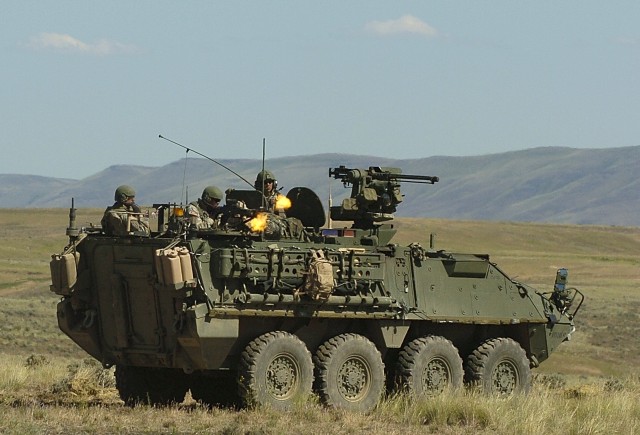
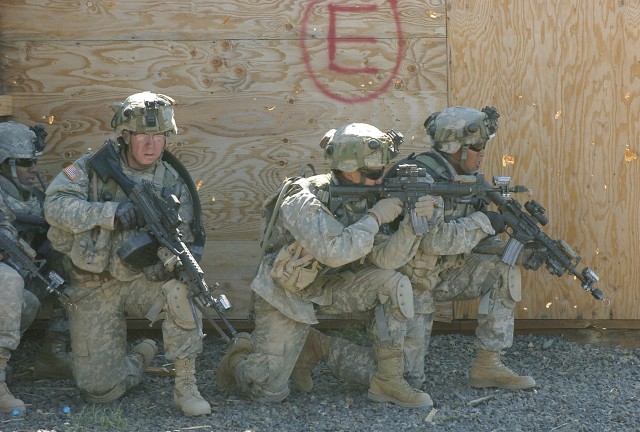
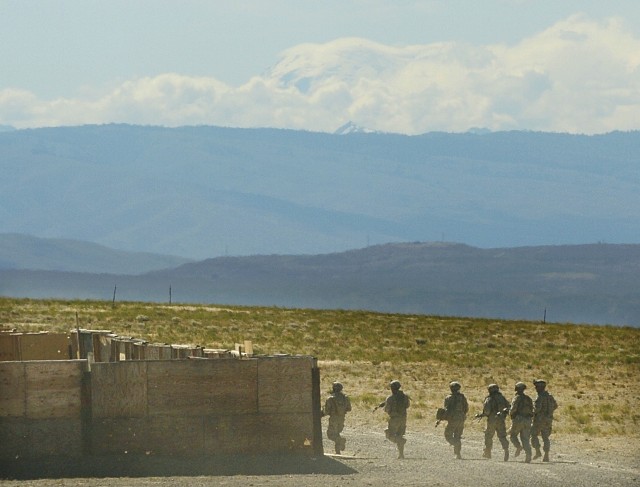
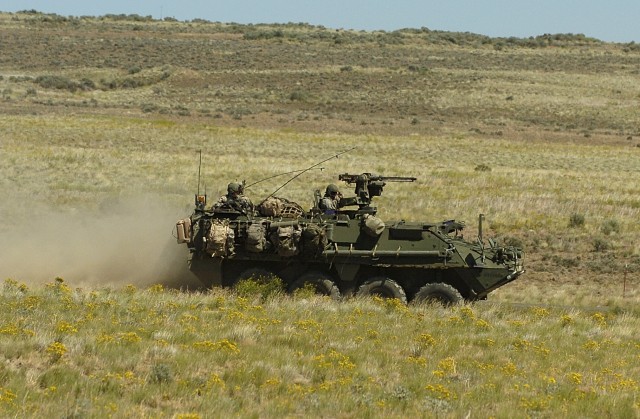
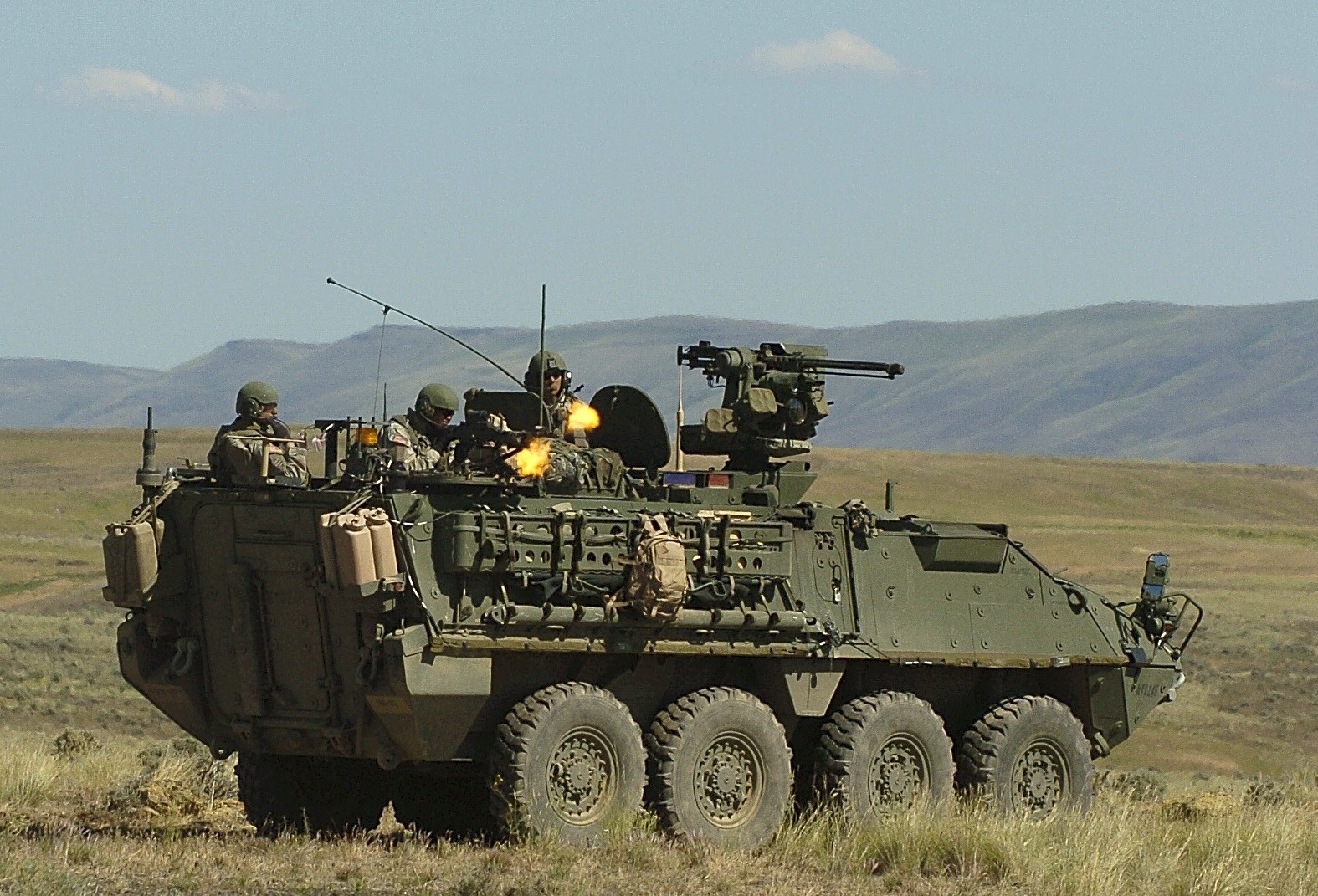
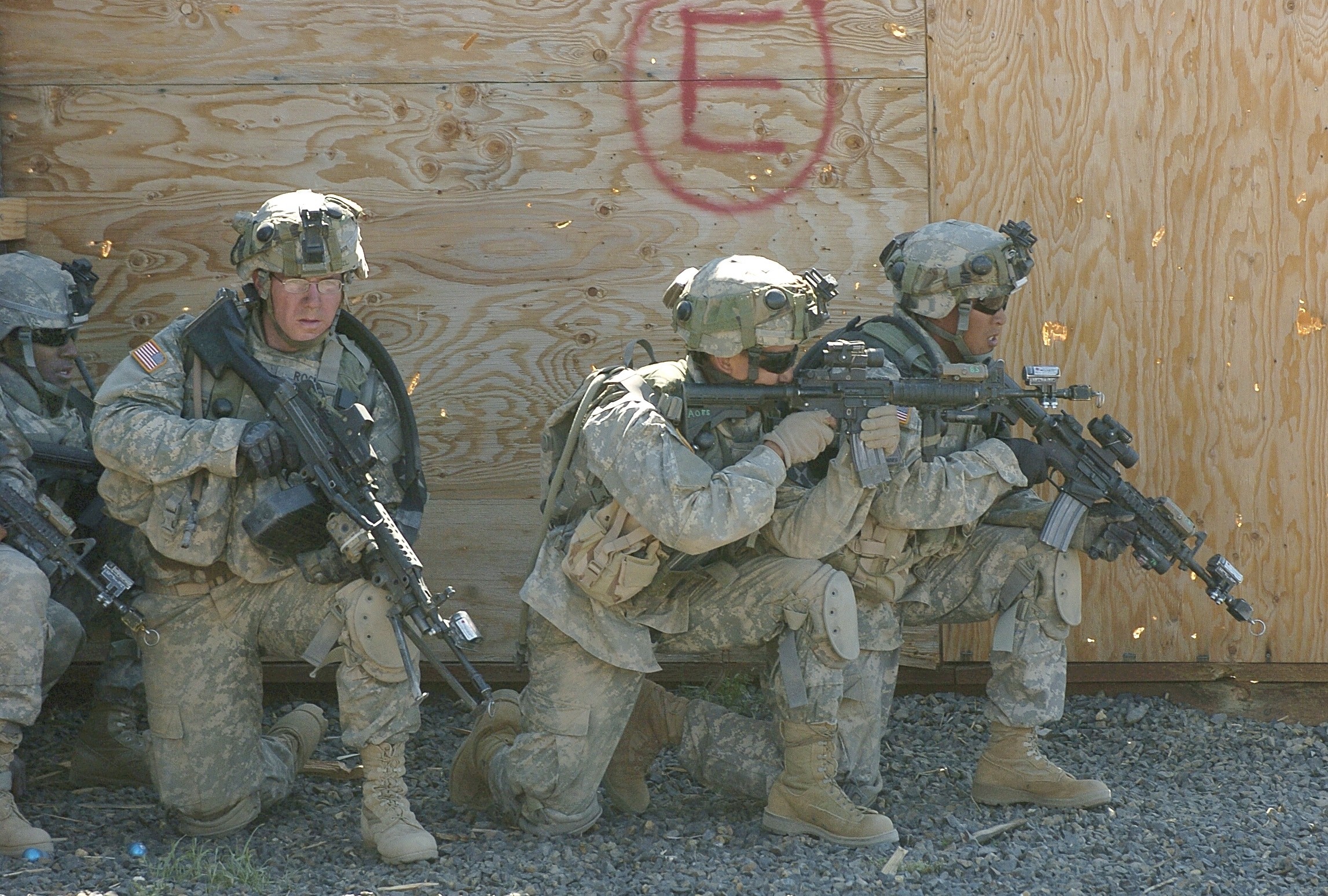
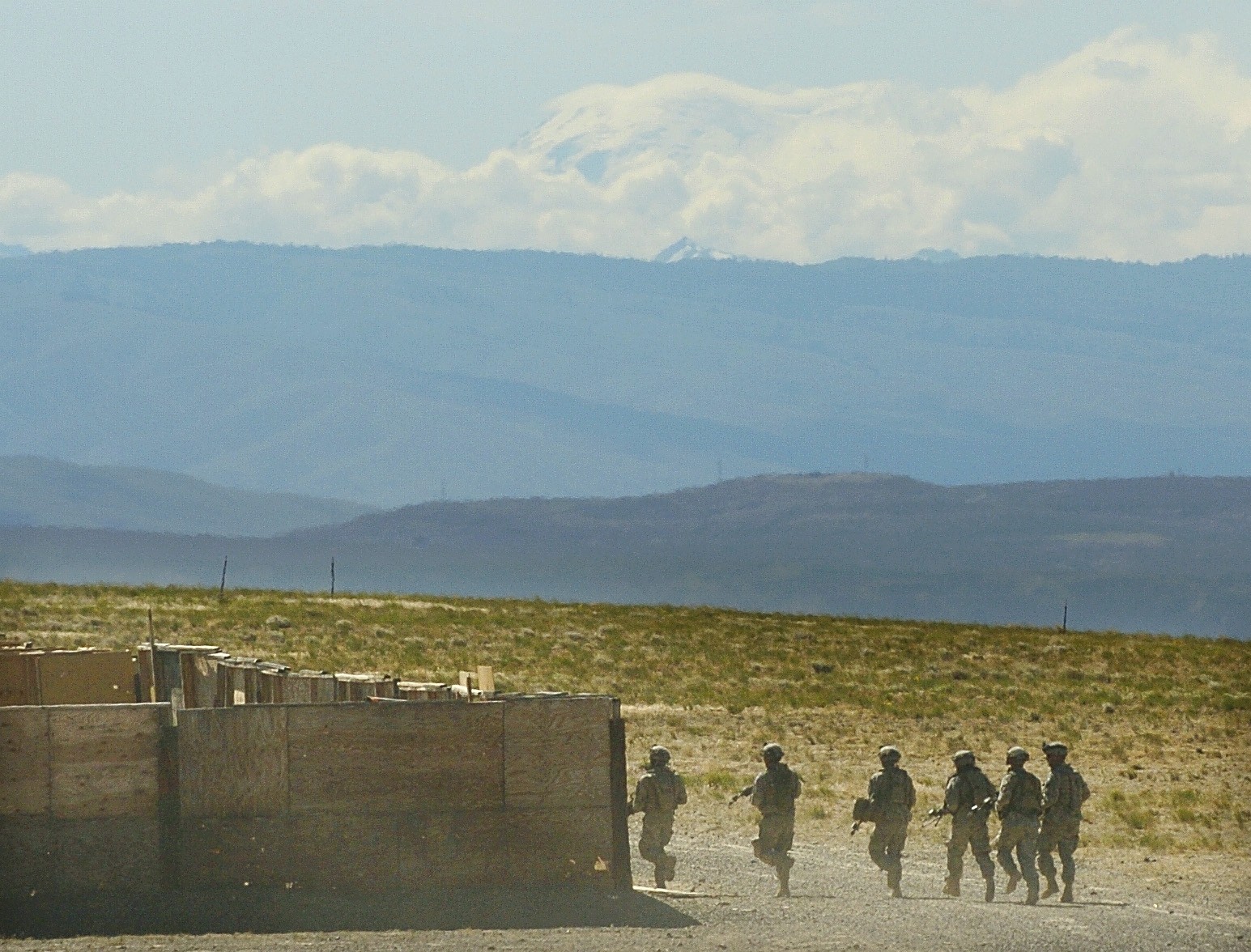
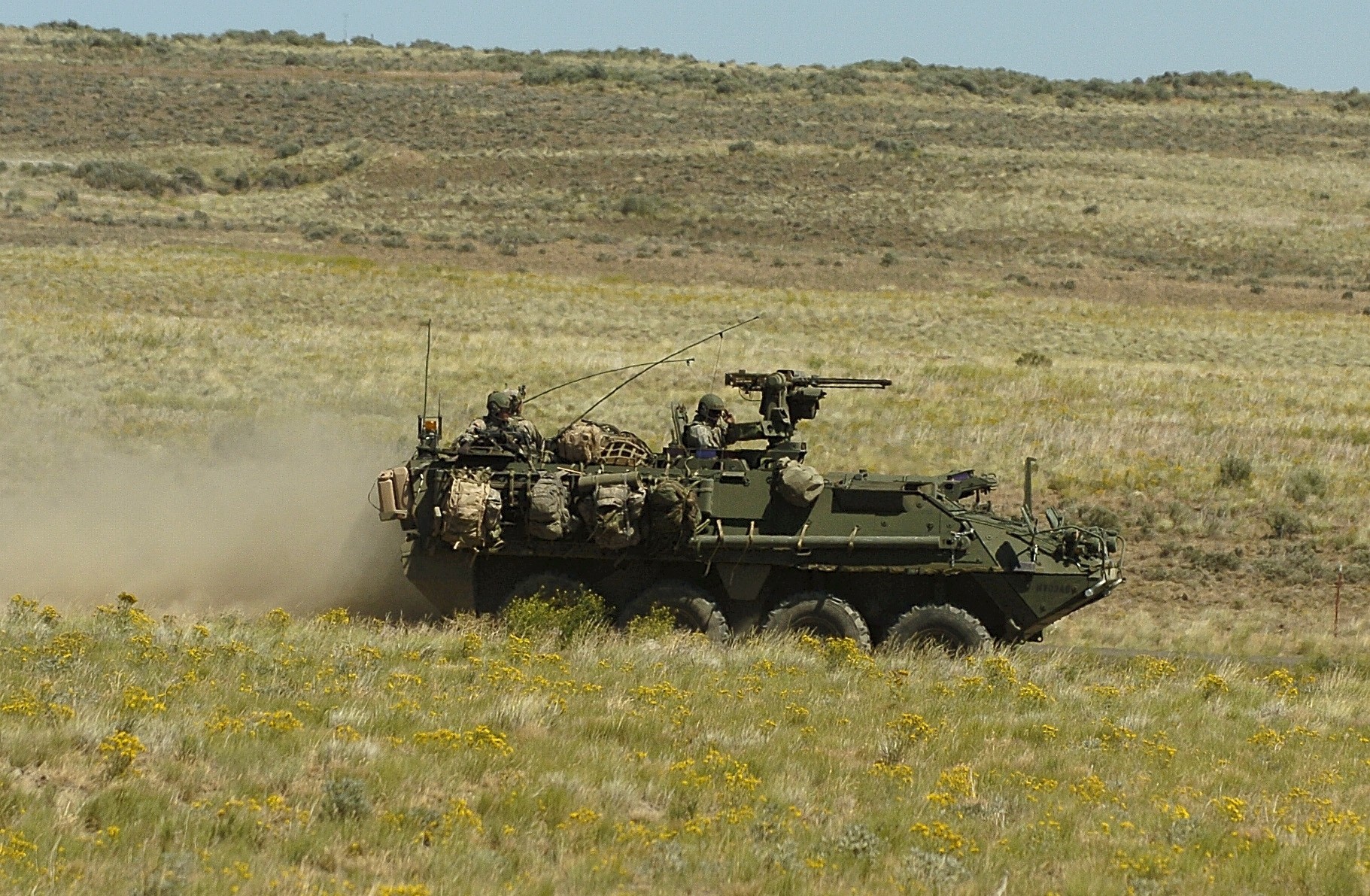
Social Sharing